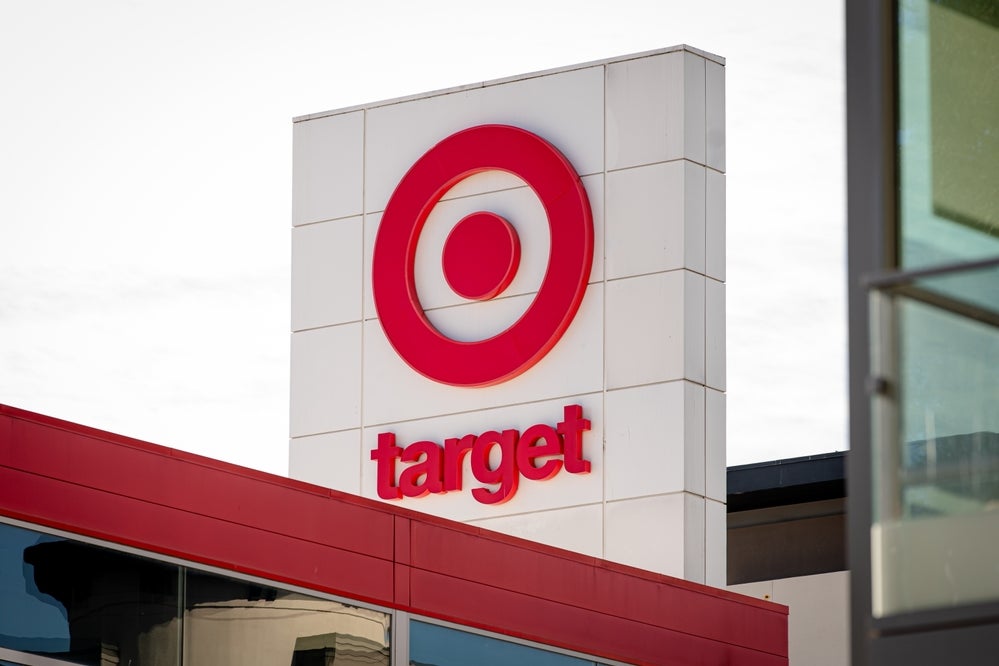Target’s Q1 Forecast Adjusted Amid Spending Slumps and Rising Tariffs
Target Corporation has revised its first-quarter earnings forecast as consumer spending weakens and tariffs on imported goods squeeze profit margins. The Minneapolis-based retail giant announced the adjustment on May 22, 2024, citing persistent inflation and shifting shopping patterns. Analysts now project a 3-5% decline in Q1 revenue compared to earlier estimates, sparking concerns among investors about the company’s short-term resilience.
Consumer Spending Slowdown Hits Retail Sector
Target’s forecast revision reflects broader economic headwinds. The U.S. Commerce Department reported a 0.4% month-over-month decline in retail sales for April 2024, marking the second consecutive monthly drop. Discretionary spending has particularly suffered, with Target’s home goods and electronics categories seeing 8% fewer transactions year-over-year.
“When wallets tighten, consumers prioritize essentials over the impulse purchases that drive Target’s margins,” explained retail analyst Maria Chen of Bernstein Research. “The company’s famous ‘Tar-jay’ discretionary appeal becomes a liability in this environment.”
Key factors depressing consumer spending include:
- Persistent 3.9% inflation rate (April 2024 CPI data)
- Resumed student loan payments affecting 43 million borrowers
- Credit card debt reaching $1.13 trillion (Q1 2024 Federal Reserve data)
Tariff Impacts Compound Margin Pressures
The Biden administration’s May 2024 tariff increases on Chinese imports—including 25% levies on electronics and 50% on select apparel—have forced Target to choose between absorbing costs or raising prices. The company imports approximately 30% of its private-label merchandise from China, according to SEC filings.
“Target’s Good & Gather food line and Cat & Jack children’s wear face immediate margin erosion,” noted supply chain expert Dr. Raj Patel. “Their pricing power is limited when Walmart and Amazon resist increases on comparable items.”
Comparative tariff exposure among major retailers:
- Target: 30% of private-label imports from China
- Walmart: 18% (heavier reliance on Vietnam and India)
- Amazon: 22% (balanced by third-party seller inventory)
Strategic Responses and Analyst Reactions
Target’s leadership has outlined a three-pronged response strategy during recent investor briefings:
- Accelerating inventory turnover through localized promotions
- Expanding their Drive-Up returns program to reduce restocking costs
- Pivoting 15% of Chinese imports to alternative Southeast Asian suppliers
While some analysts applaud these measures, others remain skeptical. “These are defensive moves, not growth drivers,” argued Goldman Sachs retail sector head Thomas Wright. “Target needs bolder category innovation—perhaps in healthcare services or small-format urban stores—to regain momentum.”
Investor Sentiment and Market Performance
Target shares (TGT) have underperformed the S&P 500 Retail Index by 11% year-to-date. Options trading suggests increased bearish sentiment, with put options outnumbering calls 3:2 as of May 23, 2024. However, the stock’s 3.8% dividend yield continues to attract income-focused investors.
Notable institutional moves:
- BlackRock reduced its position by 2.1 million shares in Q1
- Vanguard maintained its 8.3% stake while hedging with sector swaps
- Activist investor Ancora Holdings acquired a 0.6% position, signaling potential agitation for changes
Future Outlook: Challenges and Opportunities
Target faces a delicate balancing act in coming quarters. The National Retail Federation forecasts just 2.5% industry growth for 2024—the lowest since 2020. Yet Target’s $5 billion store remodeling program and Circle 360 loyalty relaunch could position it for recovery when spending rebounds.
“Retail is cyclical, and Target has weathered worse,” reminded former CEO Gregg Steinhafel in a CNBC interview. “Their secret weapon remains the emotional connection with suburban families—that doesn’t disappear in a downturn.”
Critical milestones to watch:
- June 2024: Back-to-school inventory positioning
- August 2024: Q2 earnings and holiday season guidance
- November 2024: Post-election consumer confidence shifts
For investors weighing whether to buy the dip or cut losses, Morningstar suggests evaluating Target’s price-to-book ratio (currently 4.1) against its five-year average of 5.3. The discounted valuation reflects current risks but may overlook long-term brand strength.
Stay updated on retail sector developments by subscribing to our market insights newsletter for weekly analysis on consumer trends and corporate strategies.
See more Business Focus Insider Team

